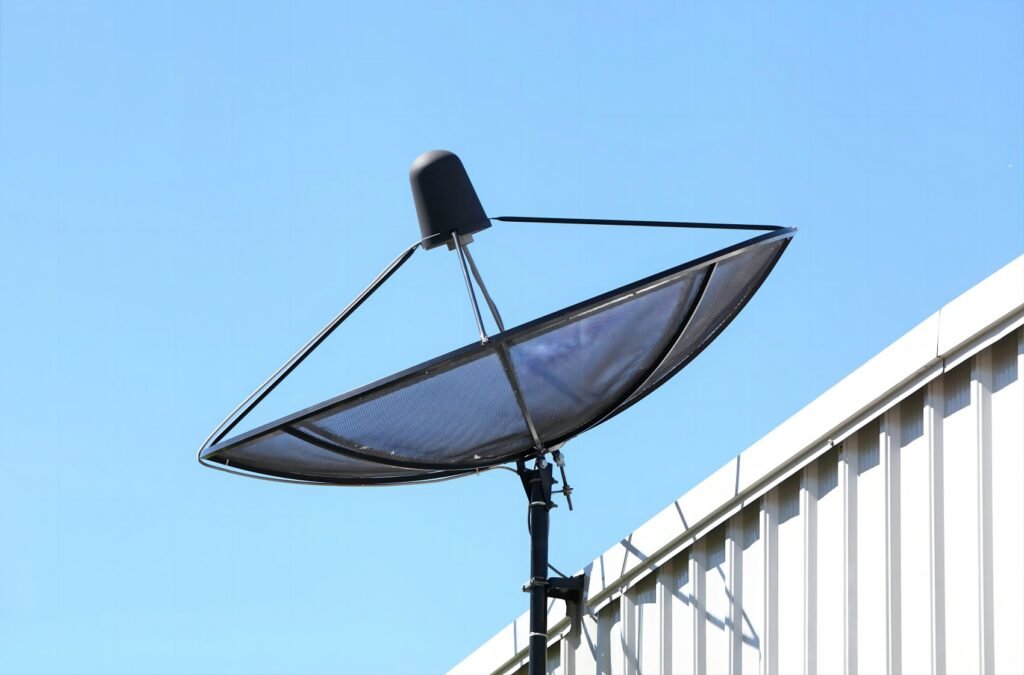Exploring the Benefits of Yagi-Uda Antennas: A Manufacturer’s Perspective
Introduction to Yagi-Uda Antennas Yagi-Uda antennas, commonly referred to as Yagi antennas, are highly regarded in the field of satellite communication due to their distinctive design and operational attributes. Invented in the 1920s by Japanese engineers Hidetsugu Yagi and Shintaro Uda, these antennas consist of multiple elements, including a driven element, reflectors, and directors, which …
Exploring the Benefits of Yagi-Uda Antennas: A Manufacturer’s Perspective Read More »



